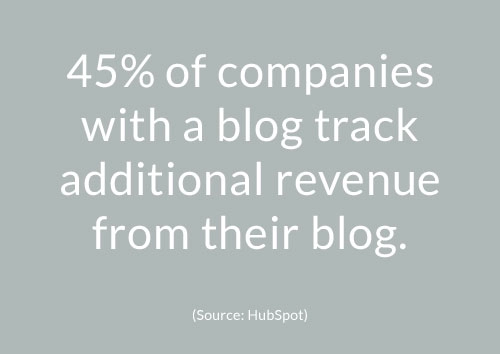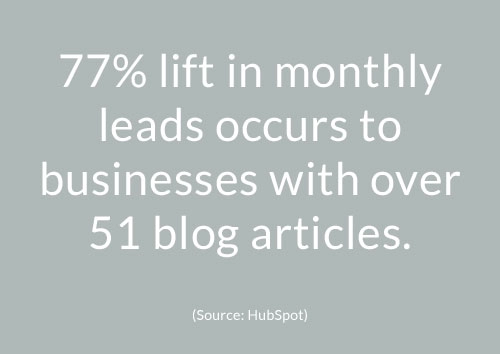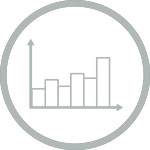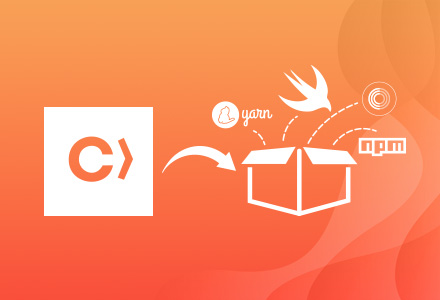We have all heard the saying that content is king, but unfortunately just creating content is not enough, if you want content to convert, you need to be producing content with marketing in mind, not just something someone may enjoy reading – which can be easier said than done!
Take a look at your Google Analytics and the chances are that the majority of traffic on your blog comes from 2- 4 top blog posts. You’ll also probably find that the highest volume pieces aren’t always the articles that have the highest conversions.
Generally, this is because the type of content that helps drive the most traffic appeals to a wider audience (hence the bigger numbers) but doesn’t necessarily appeal to your target audience, product or service.


Topic not traffic
Most marketers start by doing keyword research, making a list of high volume keywords that will hopefully drive more traffic – and prioritise their content around these. Often these blog posts will increase traffic but do not take into consideration leads or sign-ups.
It is good to have a mix of different content on your blog, and so high traffic (potentially low converting) blog articles are a great way to attract new people to your site - increase traffic and awareness. But it is also important to have articles around topics that are not so generalised to your industry.






Instead by flipping the process, SEO driven content can be created from understanding what the intent of a customer is, then finding the keywords around these topics.
For instance, if you sell wedding dresses, a high volume lower converting article maybe ‘A guide to wedding dresses’ (6,600 monthly searches). This would appeal to most brides, but wouldn’t typically end in a lead with a bride buying a dress from you. Instead, you could look at doing an article on bohemian wedding dresses (110 monthly searches). The traffic would be less, but you would attract a niche audience and potentially someone that wants to buy that style of dress.
Hero
As well as creating content that is fairly general and appeals to a wider audience, marketers and business owners can often make the mistake of solely focusing on the product as the hero of all their content.
Of course, it is great to promote new products or services through blog articles, but you don’t want to make this the only topic your blog ever focuses on. You need to draw people into your blog with interesting, thoughtful and useful content, and perhaps tie this back to a product in a subtle way, but this is still not necessary for every post.


A personality behind the brand
Try to build trust and loyalty with your audience, by showing them expertise and a personality behind the brand that they can connect with. Think about making a person, the company or success story the hero of content, so that people can relate. Perhaps include how-to guides, free downloads, or top 10s so that people feel as though they are learning something from your business, and it’s not all about them having to buy-in.
Understanding your audience
Understanding your audience is key to knowing what content or service they may be looking for. Try to create a persona for your ideal customer that you can come back to again and again when trying to appeal to them.
Think about age, gender, demographic, job, hobbies, lifestyle – who is buying into your product or service. Whenever you create content, write it for this person/s.
A great place to get key information on an audience if you are an already established business is by talking to those in your company that have a direct relationship with your customers. For instance, sales teams or customer service, they will have an understanding of what customers are asking, looking for or interested in and can offer up invaluable information you may not have thought about.





5 ways to identify your audience:
- Look at your competitors
- Create a customer persona
- Market Research
- Speak to those who deal with customers directly
- Monitor comments, feedback and social media engagements
Once you have an understanding of your audience, and the content that could be high converting, you can start to have fun with formulating your content plan and do keyword research around these key topics. Make sure you include a good variety of ideas and post regularly to keep your blog updated.

When you’re at the stage of actually starting a blog and writing the article, remember these key pointers to make sure you're optimised for best practice so that all that hard prior research doesn’t go to waste.
A tick list for writing a blog post
- Identify your audience
- Know the purpose of the post
- Keyword optimised
- An enticing title with the keyword/s included
- Making sure the content relates to the title
- 300+ words to rank in search engines, but try to aim for at least 800-1000 words
- Do not duplicate content
- Use subheadings with H2 or H3 tags
- Add supporting graphics with alt tags optimised
- Fill in the meta description (150-160 words) and titles to include keywords
- Add links to internal pages
- Link to credible outbound websites, and set to open in new tab.
- A call to action at the end (link to a product, a download, email sign up etc.)






